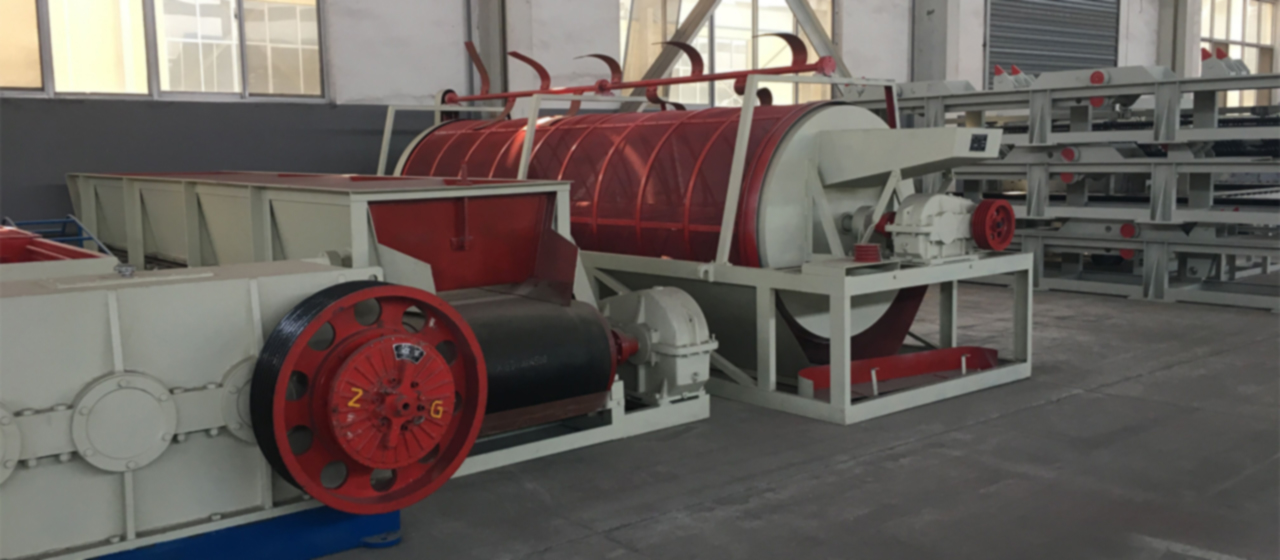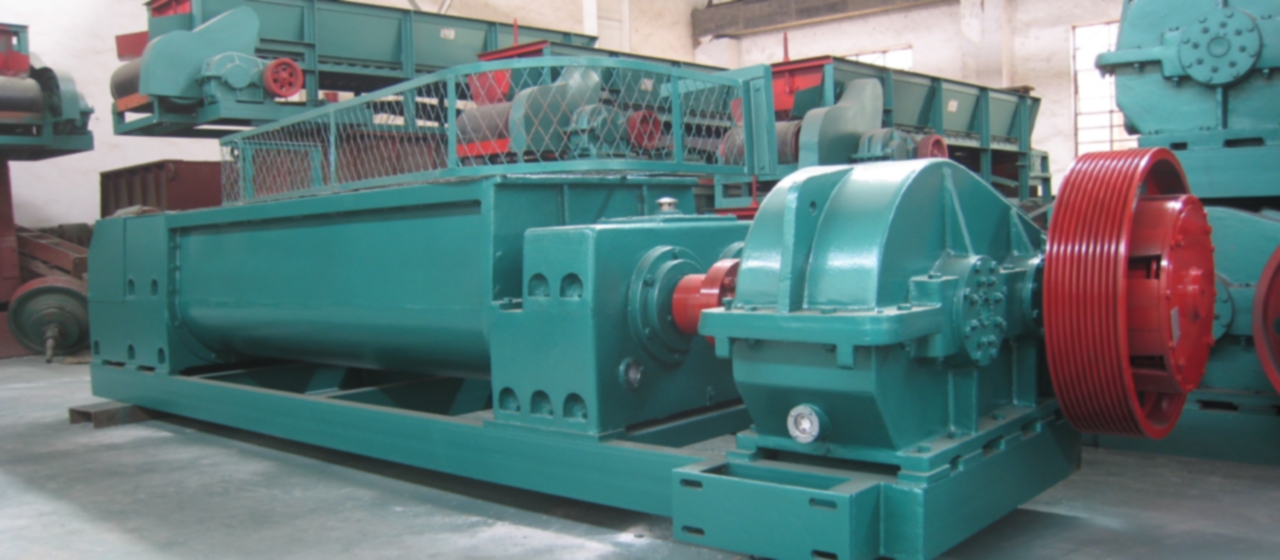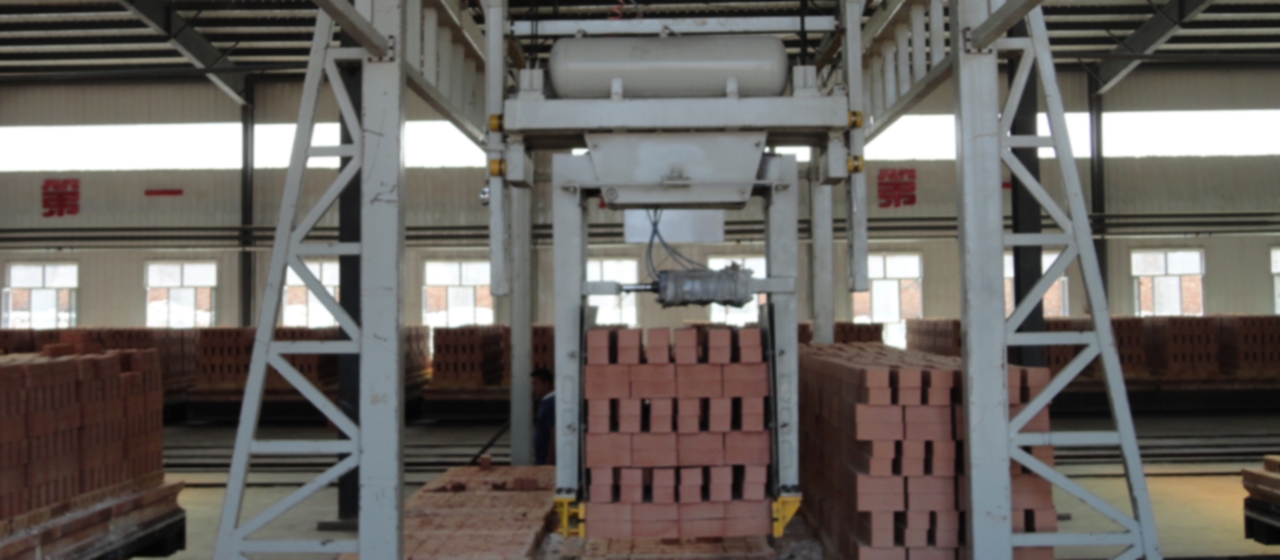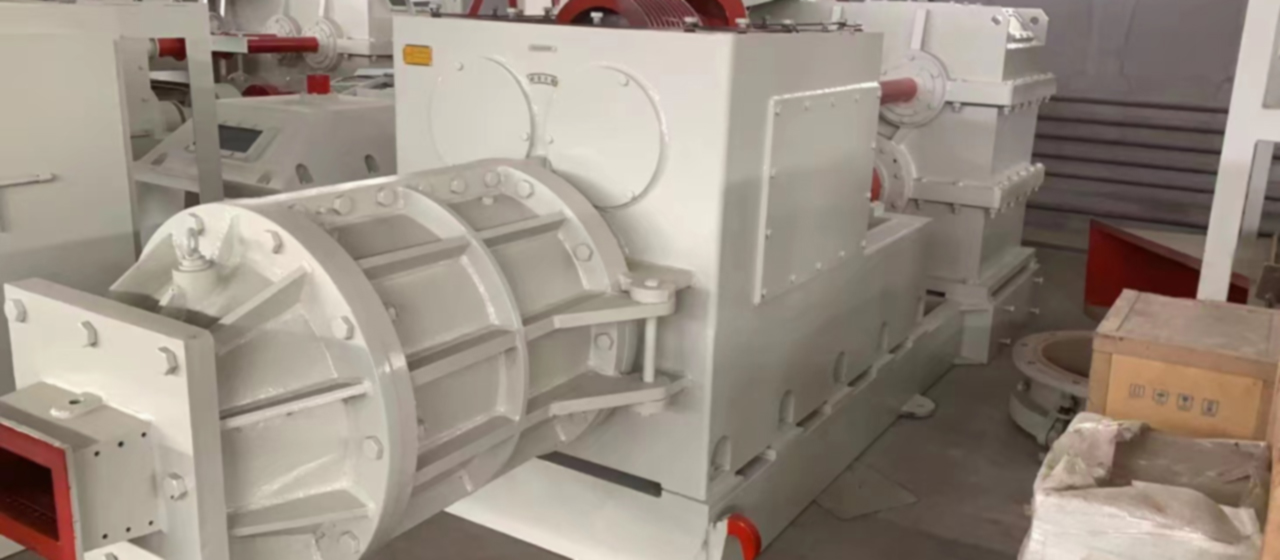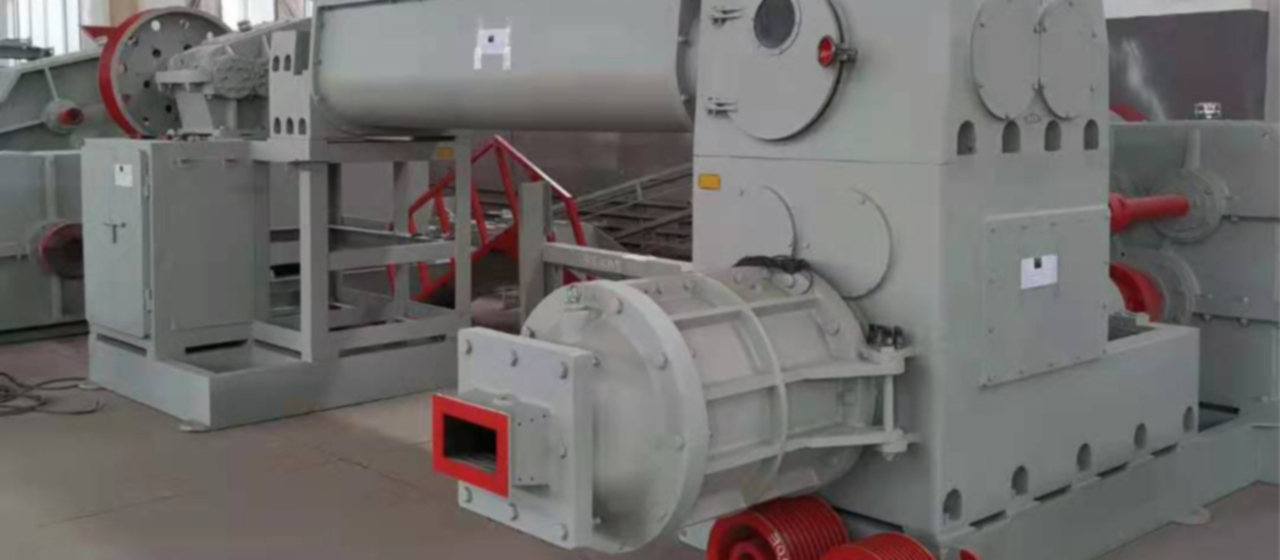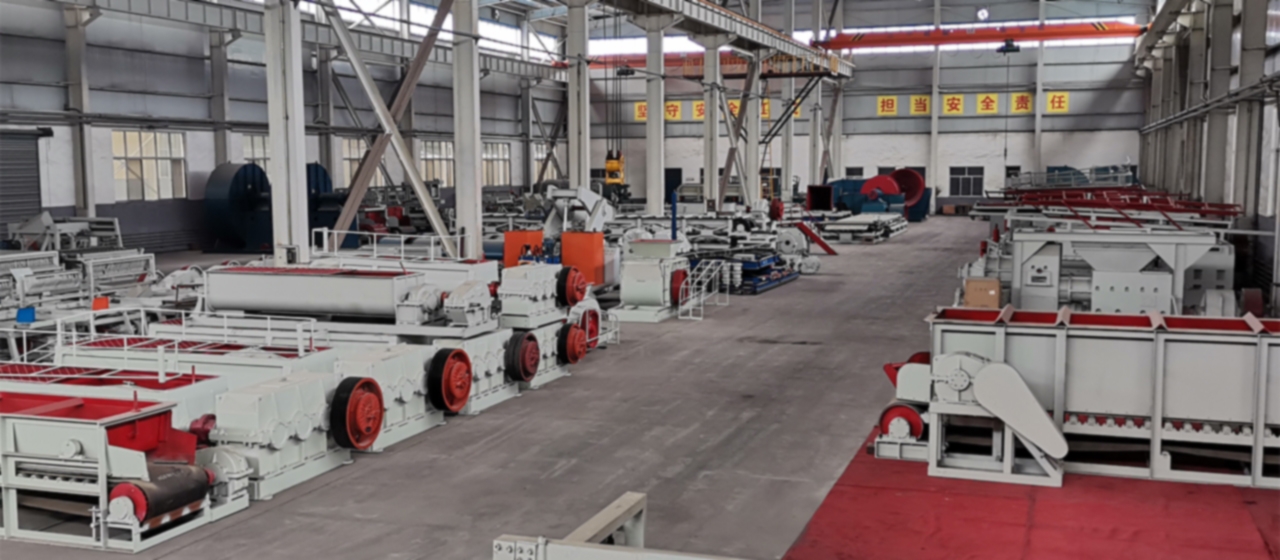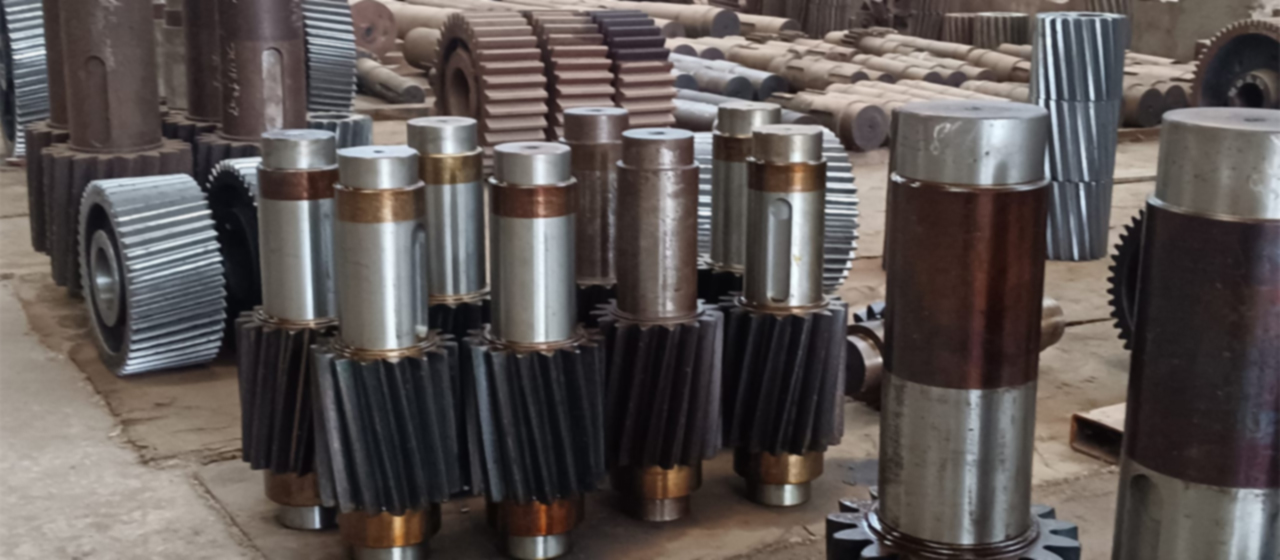crusher clay Clay Brick machinery china
In addition to calorific value, the crushing workshop also needs to control factors such as output, particle size distribution and maximum particle size, aging moisture, and impurities.

Output is the basic condition for ensuring continuous production, and increasing output is an important means to ensure production and reduce costs. The production quota of the crushing process must exceed the molding and sintering quota, and its symbol is to ensure that the aging warehouse is full. Because the crushing process is greatly affected by internal and external factors, such as continuous rain and snow weather leading to reduced crushing capacity or inability to work, and problems with crushing equipment output, ensuring that the aging warehouse is full can reduce enterprise losses.
The particle size distribution and the maximum particle size of the mud material are important indicators of forming and sintering quality. When this indicator is out of control, it will bring great difficulties to subsequent production. Everyone believes that the biggest influencing factor is the difficulty of forming, and I believe it also has a certain impact on sintering. The strength of a product is determined by the amount of liquid phase. When the particle size distribution is unreasonable, such as when there are fewer plastic particles, the sintering temperature should be correspondingly increased. Otherwise, the strength of the product will decrease. The reason is that the amount of liquid phase is generated by plastic particles. When its amount decreases, the amount of liquid phase produced by the same sintering temperature also decreases. So controlling the particle size distribution of the mud not only affects the forming process, but also affects the sintering process.

All the raw materials have been screened and controlled, how can there be impurities? I definitely say: there will be. For example, when the screen is damaged, not replaced in a timely manner, or not detected. Large blocks of raw materials will enter the aging warehouse. I have encountered this situation in three brick factories. When producing porous bricks or hollow blocks, due to broken screens, large pieces of coal gangue or shale get stuck in the machine mouth, making it impossible to form and requiring manual cleaning by opening the machine mouth. It takes 30 minutes to clean up once. If a production team encounters more than ten large pieces of material, what output should they talk about? To control impurities, attention should also be paid to repairing materials left behind by fabric belts and multi bucket reclaimers, such as cotton yarn, wood blocks, etc., because strong magnetic iron removers are useless to them, and once these impurities enter the equipment, they can cause serious trouble.
Moisture control is a step in the crushing process, aimed at converting raw materials into mud. The biggest difference between aging and weathering lies in this point. We know that weathering is calculated on an annual basis, while aging is calculated on an hourly basis, with a significant difference. But can adding more water better age it? Before answering this question, it is important to consider whether Chen Hua is for better shaping. Adding water is for aging, and aging is for molding, so adding water must consider molding. The formed moisture is the amount of water to be added after crushing, which is the most scientific. However, once the moisture exceeds the forming requirements, there are not many ways to make up for it. A safe method is to control the amount of water added to the raw material after crushing at 12-13% when the molding moisture is 14%.

